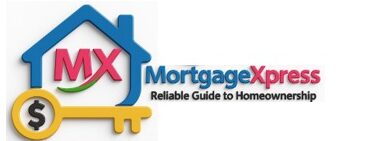
SMSF (Self‑Managed Super Fund) Lending
What it is:
Lending done through a Self‑Managed Super Fund, which allows the fund’s trustees to borrow money (via a structure called a Limited Recourse Borrowing Arrangement, or LRBA) to acquire investment property (commercial or residential) for the fund. The property is held in a bare trust until full repayment, after which the legal title moves to the SMSF.
Pros:
- Ability for super funds to invest directly in property, which may offer capital growth, rental income, tax advantages.
- More control over the investment selection.
- Using LRBA limits risk to the property, protecting other fund assets.
Cons / Things to watch:
- Upfront & ongoing costs: setting up trusts, compliance, legal, accounting.
- Regulatory risk: non‑compliance can lead to penalties.
- Requires sufficient fund balance/liquidity. If the property doesn’t generate rent or if contributions fall, servicing the loan might be difficult.
- Restrictions on use: members/family cannot live in the property; purchasing from related parties often not allowed (depending on whether residential or commercial).
| Feature | Details |
|---|---|
| LRBA (Limited Recourse Borrowing Arrangement) | The lender’s recourse (if loan defaults) is limited to the property acquired; other assets in the SMSF are protected. |
| Bare Trust / Custodian Trust | Holds the property title until loan is paid off. SMSF trustees get economic benefits (rent, etc.), but title is in trust. |
| Compliance / Regulatory rules | Must satisfy rules like the “sole purpose test” (fund must be solely for retirement benefits), rules about contributions, verifying liquidity, avoiding personal benefits etc. |
| Loan terms / LVR | Typically lower Loan to Value Ratio (LVR) than standard investment loans (e.g. 60‑80%), depending on property & SMSF strength. |
| Costs | Higher legal/setup costs; annual compliance/audit fees; property valuation; accounting; trust deeds etc. |
